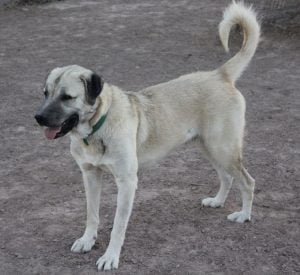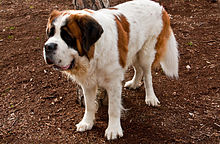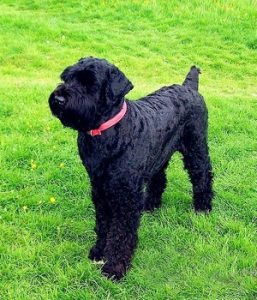Kuvasz
Kuvasz Rescue and Adoption: Find Your Companion

-
Breed Group : WORKING
-
Origin : Hungary
-
Average Height : 26" - 30"
-
Average Weight : 70 - 115 lbs.
-
Life Span : 10 - 12 years
Photo Courtesy of : Karpati Kuvasz Rescue
-
Size
1 2 3 4 5 6 7 8 9 10 -
Energy
1 2 3 4 5 6 7 8 9 10 -
Intelligence
1 2 3 4 5 6 7 8 9 10 -
Ease of Training
1 2 3 4 5 6 7 8 9 10 -
Hypo-Allergenic
1 2 3 4 5 6 7 8 9 10 -
Shedding
1 2 3 4 5 6 7 8 9 10 -
Good with Kids
1 2 3 4 5 6 7 8 9 10 -
Good with Other Pets
1 2 3 4 5 6 7 8 9 10 -
Guard Dog
1 2 3 4 5 6 7 8 9 10







